Trichomoniasis or Trich is one of the commonest sexually transmitted diseases (STD) in the world. A protozoa parasite called Trichomonas Vaginalis causes this disease. Trich is neglected by the victims as they don't see any symptoms of its spreading.

Ans: STI stands for Sexually Transmitted Infections and STD stands for Sexually Transmitted Diseases.
Ans: There is no practical difference between STI and STD. STI indicates that one has developed an infectious condition in his body whereas the STD means that a victim has reached a state of certain ailment or disease due to unprotected sexual intercourses.
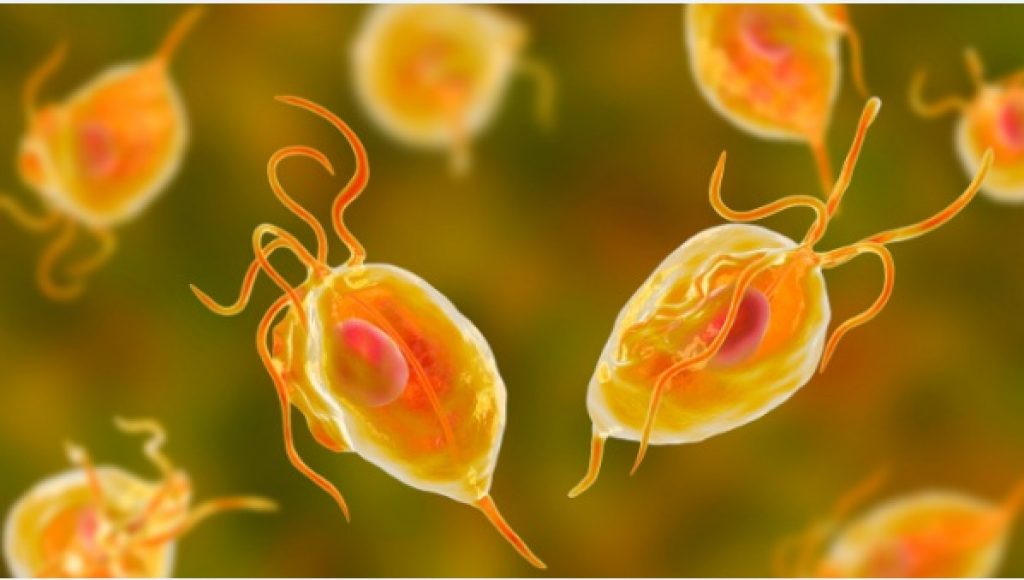
Trichomoniasis is considered to be the commonest sexually transmitted infections in the world. WHO (World Health Organization) reported in 2008 that there were nearly 300 million cases of trich out of which about 200 million victims aging from 14 to 49 got infected.
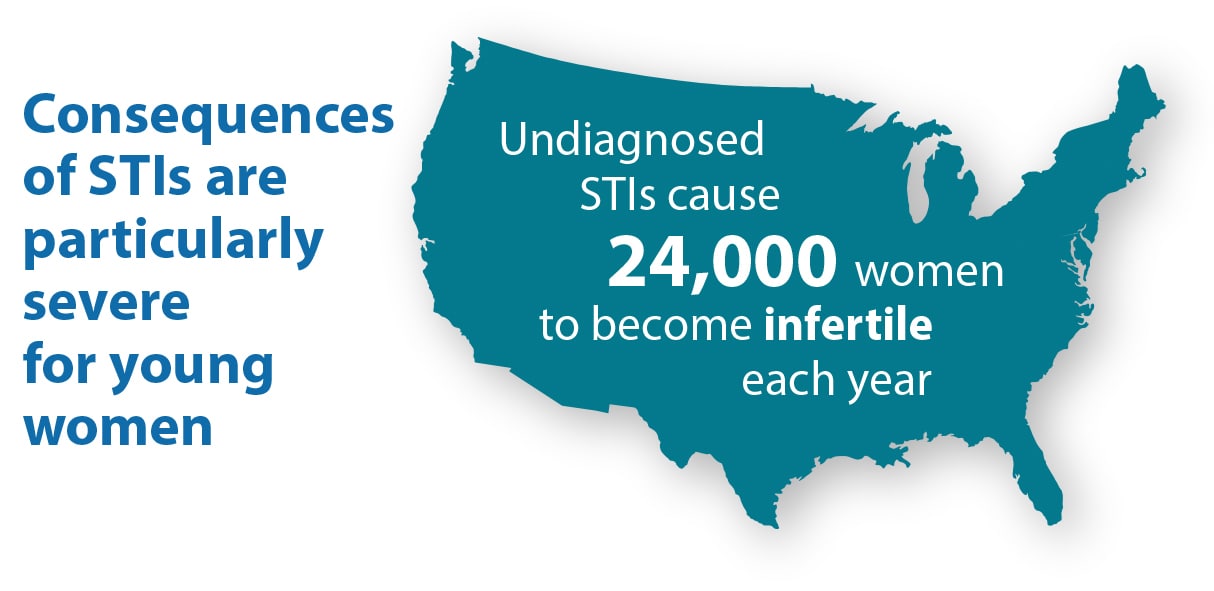
In the United States alone,
[ Trichomoniasis: The "Neglected" Sexually Transmitted Disease]
The same statistical data reveals that:
Incarcerated men and women fall victim to T. vaginalis infection. A TV (Trichomonas Vaginalis) Screening report on the jailed inmates in 2010 concluded a 2.1% of the men and up to 32% of the women being infected with T. vaginalis parasite. The report showed that aged women were more vulnerable to TV infection. [ Prevalence and correlates of Trichomonas vaginalis among incarcerated persons assessed using a highly sensitive molecular assay.]
STD clinics are responsible behind Trichomoniasis occurrence. Nearly 17% of the patients at these clinics were found to had been infected by T. vaginalis parasite.
T. vaginalis parasite can be prevalent among the HIV-positive and HIV-negative women. A study in 2002 had found a 9.4%-29.5% of TV prevalence among HIV-positive women whereas a 8.2%-23.4% among HIV-negatives. Note that carrying HIV cannot be posed as a significant reason for TV infection, its persistence, and recurrence.
Studies on homosexual men have found low prevalence rate of T. vaginalis parasite.
In the same year, the United States encountered over 110 million STIs prevalence among men and women. About 20% of the cases reported victims aging from 15 to 24 years. STIs uncontrolled spreading is still an alarming issue in the US.
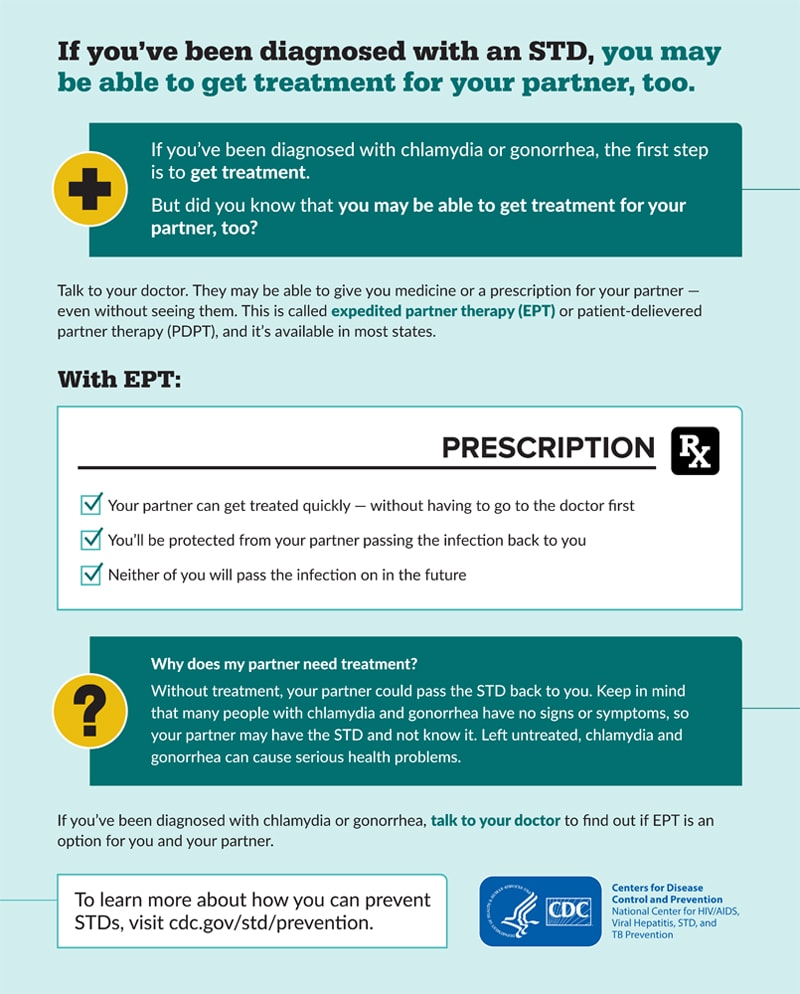
Trichomoniasis victims see very little symptoms of their infections. Due to being asymptomatic, most people carrying this infection overlook the matter. According to a study, nearly 67% of the patients did not report any symptoms of trichomonas infection.
Trichomoniasis is spread by sexual intercourse between men and women. Usually, an infected person transmits the infection to the uninfected one. The infected vagina of a woman may transmit the parasite into the man's penis and vice versa.
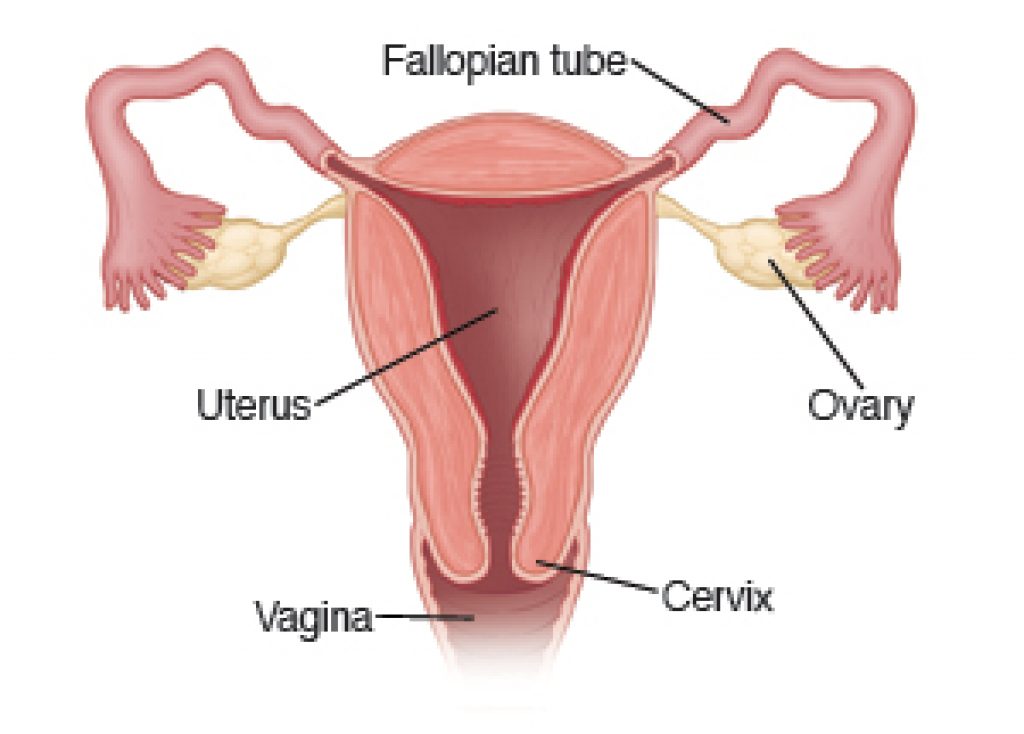
There is possibly no other way or organ by which the parasite can be transmitted. Only the lower genital part is mostly reported to be infested by the trichomonas parasite. However, according to Women's Health under the U.S. Department of Health and Human Services, trichomonas parasite can spread if couples are used to have anal and oral intercourses.

In women, Trichomoniasis may:

Yes, there is a possibility that a man can contain trichomoniasis and still show negative in test. That's why proper test and regular treatment is obligatory of the symptoms of trich are prevalent.
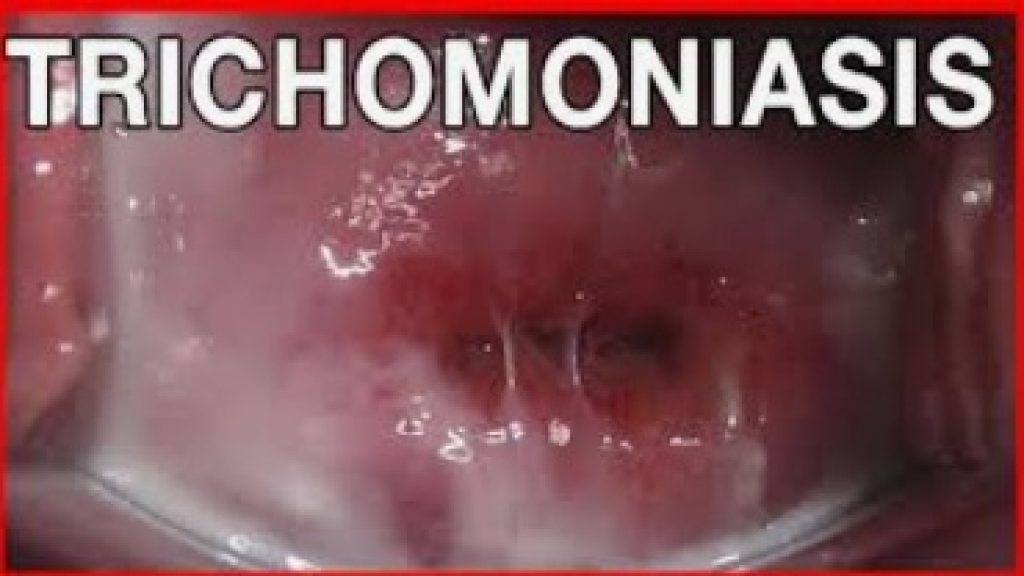
Though in lower rate in men than women, trichomoniasis can cause dire conditions in men. Trich may:
[ stdcheck.com]
Most victims of trichomoniasis go asymptomatic for years. Yet, there may be some common signs like:
Trichomoniasis infection is caused by the parasite called trichomonas vaginalis. It spreads in the urethral location of a person i.e. vagina, vulva, cervix, etc. Trich patients are mostly asymptomatic and require close attention by the doctor for recovery.


In trichomoniasis treatment, the least invasive testing can be done on one's urine. The first catch or the first void of urine, which may amount to 20-30ml, is sampled for trich testing. [ stdcheck.com]
The one tested, is given by the lab attendant a cleansing pad to clean the tip of a man's penis or a woman's labia from front to back. This is done for catching a clean sample from the urine.
A few test practices for trichomoniasis are:
Thin chances are there but yes, you can get trichomoniasis not being in a sexual intercourse. The trichomonas vaginalis can spread through various actions such as kissing, oral sex, sharing beauty tools, or getting blood transfusion. Also, objects contaminated with this protozoa can pass over the infection to the user.
The chance is very thin for any one partner to escape the trichomoniasis if they get into a sexual intercourse. Even oral sex has high possibility of transmitting the parasite from one partner to the other.
Candidiasis or yeast infection in women can be caused by the imbalance of bacteria and yeast cells in vagina. Yeast cells multiply due to this infection and cause intense itching, irritation, and swelling.
People have some misconceptions about trichomoniasis as below:
If the trichomoniasis is diagnosed positive, then both the victim and his/her partner should receive the treatment.
The proper treatment goes like this:
Ans: Nowadays, trichomoniasis is treatable by antibiotics.
Ans: Yes, both men and women are prone to infertility due to having trichomoniasis.
Ans: Trichomoniasis is caused by parasitic infection whereas the chlamydia is caused by bacterial infection.
LGV or Lymphogranulo Venereum shows the below symptoms:
No. Since trichomoniasis belongs to the STD or STI class, there is very little chance that a woman can get it on her own. However, contaminated substances or objects such as towel, handkerchief, paper, etc. used by an infected person can pass the parasite to someone who uses it unknowingly.
Trichomoniasis can be misdiagnosed if done only based on its unclear symptoms. Proper lab tests are necessary to detect the trich state in a person's urethra.
There is a little chance of trichomoniasis to be contacted without sexual intercourses but contaminated objects used by infected persons can transmit the parasite to others such as foods, towel, dress, or other daily necessary things. Oral sex, kissing, or blood transfusion can possibly cause trichomoniasis.
The actual reason behind trichomoniasis is getting transmitted the trichomonas vaginalis through sexual intercourse with an infected partner. So, either a person is enjoying his or her sexual life with the rightful partner or not, it depends on the partner's semen or vaginal fluid's health. Nevertheless, it is risky to carry out a sex life where you are exposed to several partners as you never know what your partners carry in their urethra.
A trichomonas vaginalis stays in the urethral area of a person for indefinite times. In some cases, it may live for years in the body if left untreated.
Trichomoniasis is a common yet neglected STD around the globe. In the U.S., it has become alarming as more adults are getting involved in unprotected and unnatural sexual activities nowadays.
Most people are unaware of the hygiene facts necessary to follow during sexual intercourses. Lack of education from parents as well as from schools play a big contributory part behind the prevalence of such STDs and STIs. Proper measure should be taken for prevention of this infection and victims must follow the prescriptions by the doctor for curing completely.
 |
 |
 |
 |
Great Ones for You